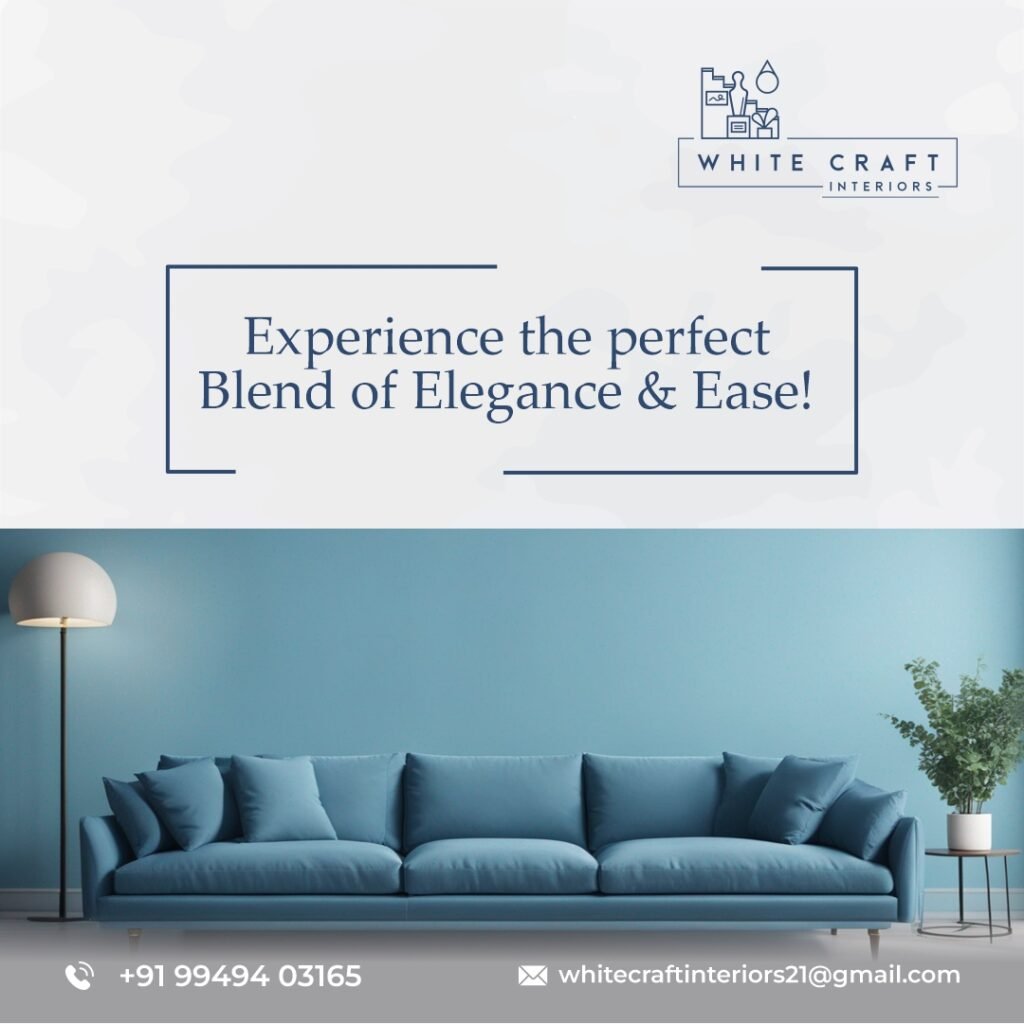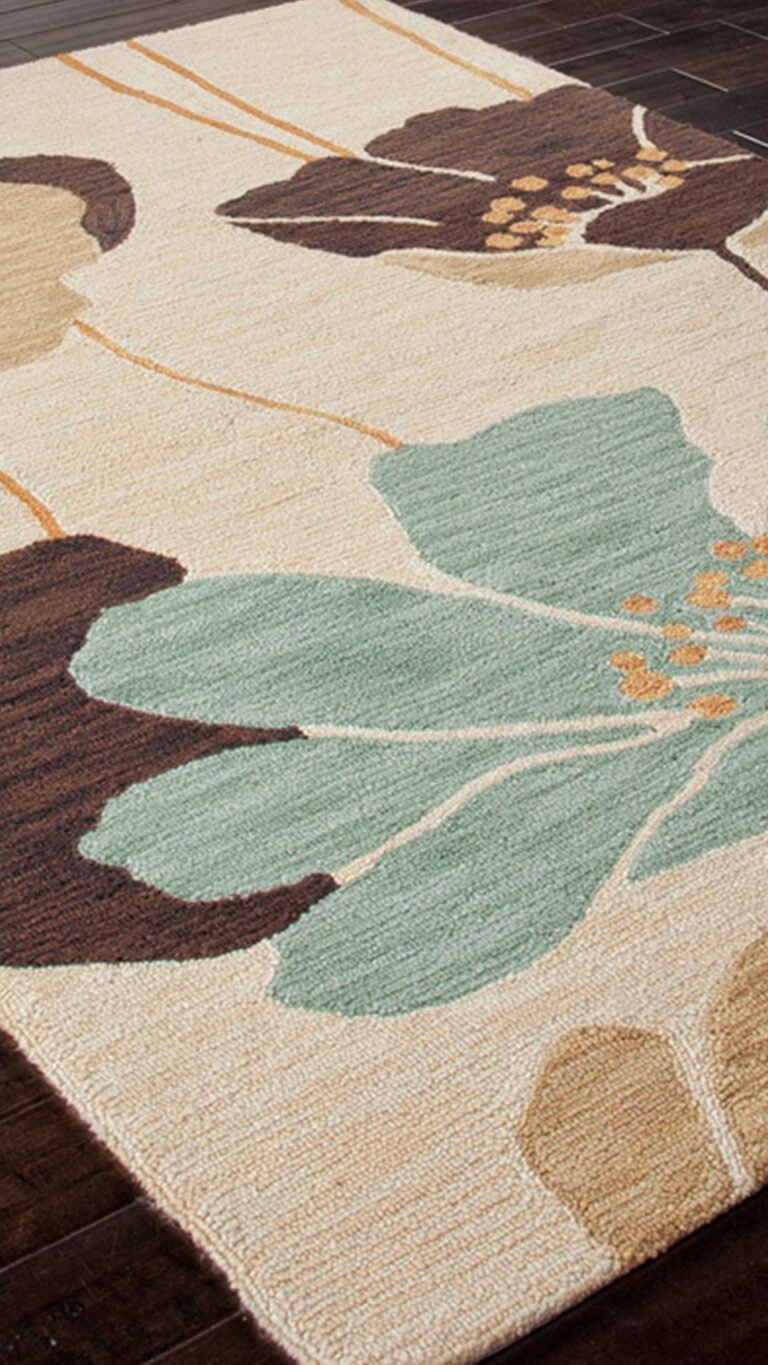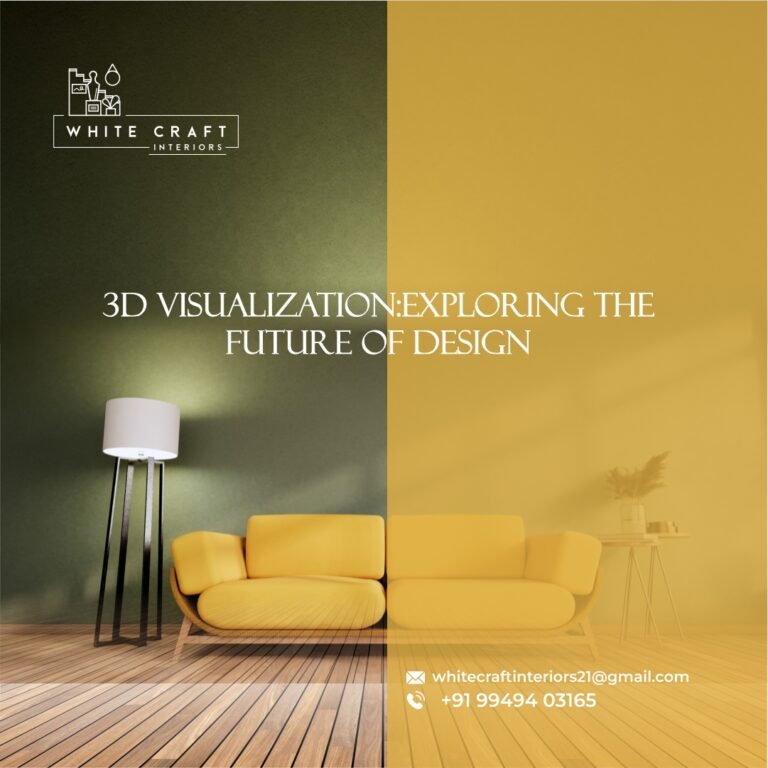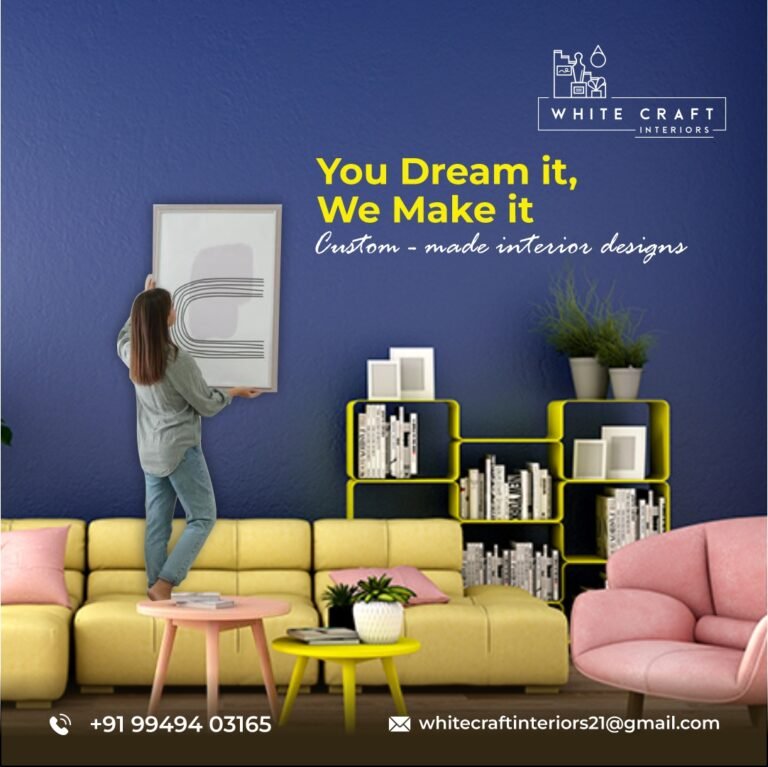Vintage vs. Modern: Finding Your Style

Vintage vs. Modern: Finding Your Style
When it comes to inside plans, choosing between vintage and cutting edge styles can be a delightful however overwhelming choice. Both styles offer interesting tasteful qualities and inspire diverse feelings, making the choice an individual and noteworthy one. At Whitecraft Add, we get it that finding your perfect fashion is almost more than fair aesthetics; it’s almost making a space that reflects your identity and way of life. In this web journal, we’ll investigate the characteristics of vintage and advanced plants, their key components, and how you can mix these styles to make a space that’s extraordinarily yours. Interior design Firms in Hyderabad.
Vintage vs. Modern: Finding Your Style:
Understanding Vintage Design
1. Verifiable Charm:
Vintage vs. Modern: Finding Your Style. Vintage plan, frequently alluded to as retro or classic, draws motivation from the past. It celebrates authentic charm and craftsmanship, with a centre on things from particular periods, as a rule extending from the 1920s to the 1970s. This fashion is characterised by its utilisation of collectibles, treasures, and time-worn components that bring a sense of wistfulness and warmth to a space.
2. Key Characteristics:
Furniture: Vintage furniture pieces are ordinarily resplendent, with perplexing carvings and point by point craftsmanship. Think of Victorian couches, Craftsmanship Deco coffee tables, or mid-century present day chairs.
Colours: Vintage colour plans frequently incorporate wealthy, quieted tones like profound greens, burgundies, and golds, as well as pastels and gritty hues. Vintage vs. Modern: Finding Your Style.
Patterns: Designs such as botanical, damask, and paisley are common in vintage plan, frequently found in upholstery, backdrop, and textiles.
Materials: Materials like wood, brass, and velvet are predominant, reflecting the quality and craftsmanship of bygone eras.

3. Making a Vintage Look:
To accomplish a vintage see, consider consolidating veritable collectibles or high-quality generations. Blend and coordinate distinctive pieces to make a curated, mixed feel. Vintage mats, surrounded chronicled work of art, and retro lighting installations can moreover upgrade the vintage vibe. Keep in mind, the key is to make a space that feels lived-in and has a story to tell. Vintage vs. Modern: Finding Your Style. Top10 Interior designers in Hyderabad
Understanding Advanced Design
1. Modern Elegance:
Vintage vs. Modern: Finding Your Style. Modern plan, regularly synonymous with modern fashion, emphasises effortlessness, usefulness, and clean lines. Beginning in the early to mid-20th century, cutting edge plan centres on the here and presently, exhibiting smooth shapes and inventive materials. It encapsulates a moderate approach, where each piece has a reason and a place.
2. Key Characteristics:
Furniture: Cutting edge furniture is characterised by its effortlessness and usefulness. See for pieces with clean lines, geometric shapes, and negligible ornamentation, such as mid-century advanced couches or modern glass tables. Vintage vs. Modern: Finding Your Style.
Colours: Cutting edge colour plans are regularly unbiased and repressed, counting shades of white, grey, dark, and beige. Highlights of strong colours may be utilised sparingly.
Patterns: Cutting edge plan ordinarily maintains a strategic distance from active designs, favouring strong colours or inconspicuous surfaces. Designs, when utilised, are more often than not geometric or abstract.
Materials: Materials such as glass, steel, and concrete are common in present day plan, reflecting its accentuation on advancement and simplicity. Vintage vs. Modern: Finding Your Style.
3. Making a Present day Look:
Vintage vs. Modern: Finding Your Style. To make a present day space, centre on decluttering and keeping up a sense of openness. Utilise furniture and stylistic layout that emphasise work as well as frame. Join smooth, modern lighting and work of art that adjusts with advanced aesthetics. The objective is to accomplish a space that feels streamlined, modern, and easily stylish.
Blending Vintage and Cutting edge Styles
1. The Best of Both Worlds:
Combining vintage and advanced styles permits you to appreciate the charm of the past whereas grasping the smoothness of modern planning. This mix makes an energetic and adjusted space that feels both ageless and fresh.
2. Finding a Balance:
When mixing vintage and advanced styles, the key is to discover an adjustment that suits your taste. Here are a few tips for accomplishing a concordant mix:
Vintage vs. Modern: Finding Your Style. Mix and Coordinate: Match present day furniture with vintage embellishments or bad habit versa. For example, a cutting edge couch can be complemented with vintage toss pads or a retro coffee table.
Use Impartial Ground: Begin with an impartial base, such as white dividers or a grey couch, and include pops of vintage or cutting edge components through extras, floor coverings, and artwork.
Create Differentiate: Utilise differentiate to your advantage. A vintage floor covering can ground an advanced couch, whereas a modern light installation can include a new bend to a classic room. Vintage vs. Modern: Finding Your Style.
Focus on Concordance: Guarantee that the vintage and cutting edge components you select complement each other or maybe then compete. Select pieces that share common colours or surfaces to make visual cohesion.
3. Viable Examples:
Living Room: Combine a smooth, advanced couch with a collectible coffee table and a vintage range carpet. Include modern work of art to the dividers and wrap up with retro-style lights or accessories.
Bedroom: Utilise a present day stage bed with clean lines and combine it with vintage nightstands or a classic dresser. Consolidate vintage materials, such as a weaved toss or collectible pads, to include warmth and character.
Office: Blend present day office furniture, like a glass work area and ergonomic chair, with vintage stylistic layout components, such as an collectible work area light or a surrounded verifiable map.
Conclusion:
Choosing between vintage and advanced styles is eventually almost reflecting your individual taste and making a space where you feel comfortable and propelled. Whether you incline towards the authentic charm of vintage plans or the smooth style of advanced aesthetics, finding your fashion is a journey of self-expression. At Whitecraft Add, we are committed to making a difference by investigating and mixing these styles to create a space that’s extraordinarily yours.







